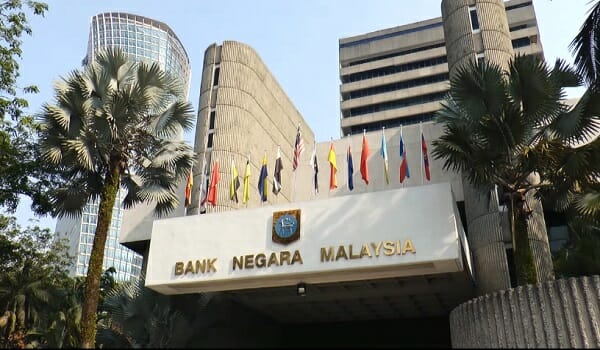MARC in its outlook for bonds for the second half of 2022 stated that since inflation has risen materially and is likely to stay above the target for some time, central banks around the world have been pressured to act. The pace of rate hikes in major economies could ratchet tightening pressure on central banks in the emerging markets (EM). EM central banks are generally expected to follow suit to prevent significant capital outflows and preserve currency stability. MARC opines that it is highly probable that the ongoing consecutive interest rate hike by Bank Negara Malaysia (BNM) will continue to 2.75% by the end of this year, in addition to the two 25bps hikes to 2.25% thus far.
While there could be renewed turbulence, the rating house believes that the rise in local government bond yields would not be too significant given the critical support from local institutional investors. MARC expects the 10-year Malaysian Government Securities (MGS) yield to rise to a peak of 4.4% by the end of this year. For the remaining of 2022, it anticipates that foreign flows into the local bond market will remain pressured amid market expectations of interest rate hikes by the US Federal Reserve (the Fed) and a narrowing yield premium between US Treasury (UST) and MGS.
Based on the government’s projected 2022 fiscal deficit of RM97.5 billion, the matured MGS/GII amounting to RM28.5 billion in 1H2022, as well as the upcoming MGS/GII maturities of RM45.7 billion in 2H2022, it foresees that the gross MGS/GII issuance will amount to between RM170 billion and RM180 billion for the whole of 2022. Nevertheless, the upside potential for the forecast remains due to the expected higher government spending given the economic recovery phase and rising subsidy bills in tandem with higher commodity prices.
MARC envisages total corporate bond issuances to hover in the range of RM100 billion to RM110 billion in 2022 driven by robust economic recovery in 2H2022. Notwithstanding this, the elevated level of government debt and stretched public finances derived from the pandemic will weaken quasi-government debt issuances on top of the hawkish interest rate environment.
While the trend of negative rating actions outpacing positive ones persisted in 1H2022, we see the majority of issuers in our rated universe continuing predominantly on stable ratings trajectories moving forward. This is notwithstanding the tightening financial conditions, higher input costs and labour shortage which could derail recovery prospects and undermine corporate margins.









